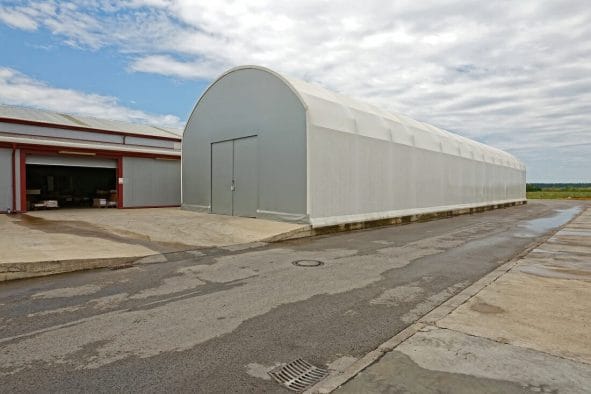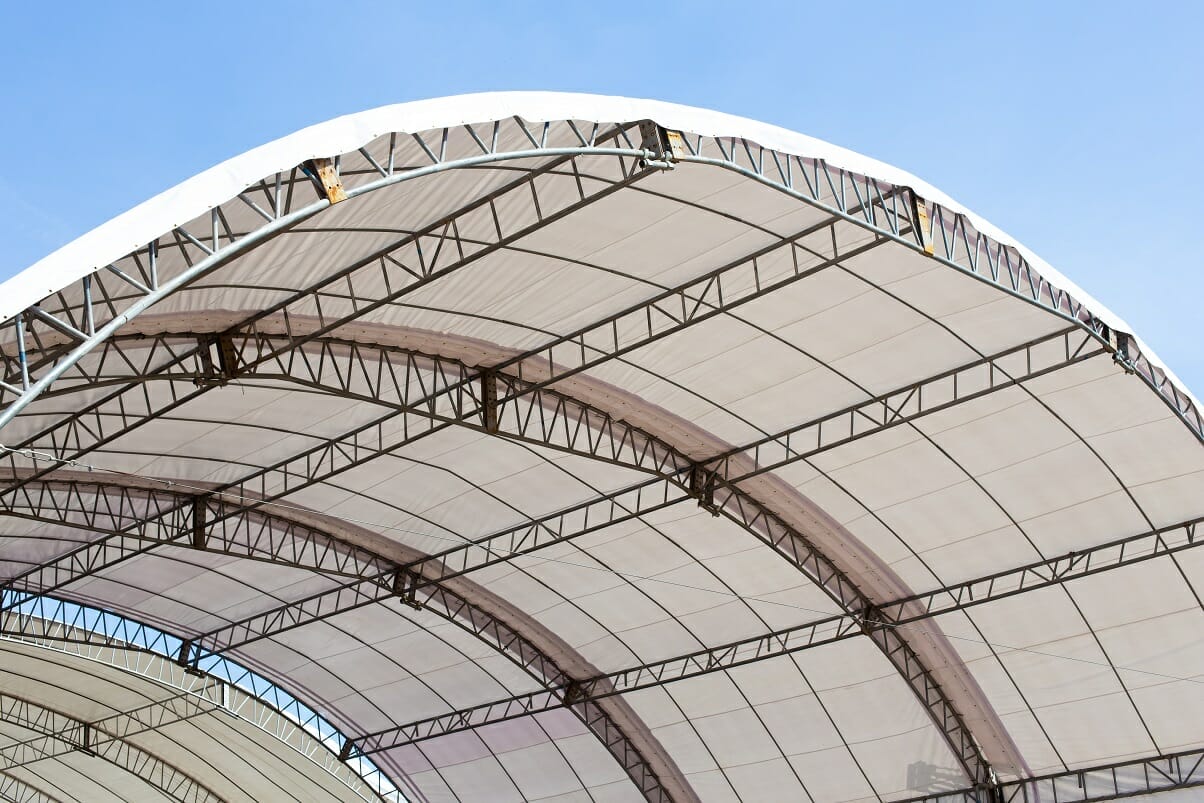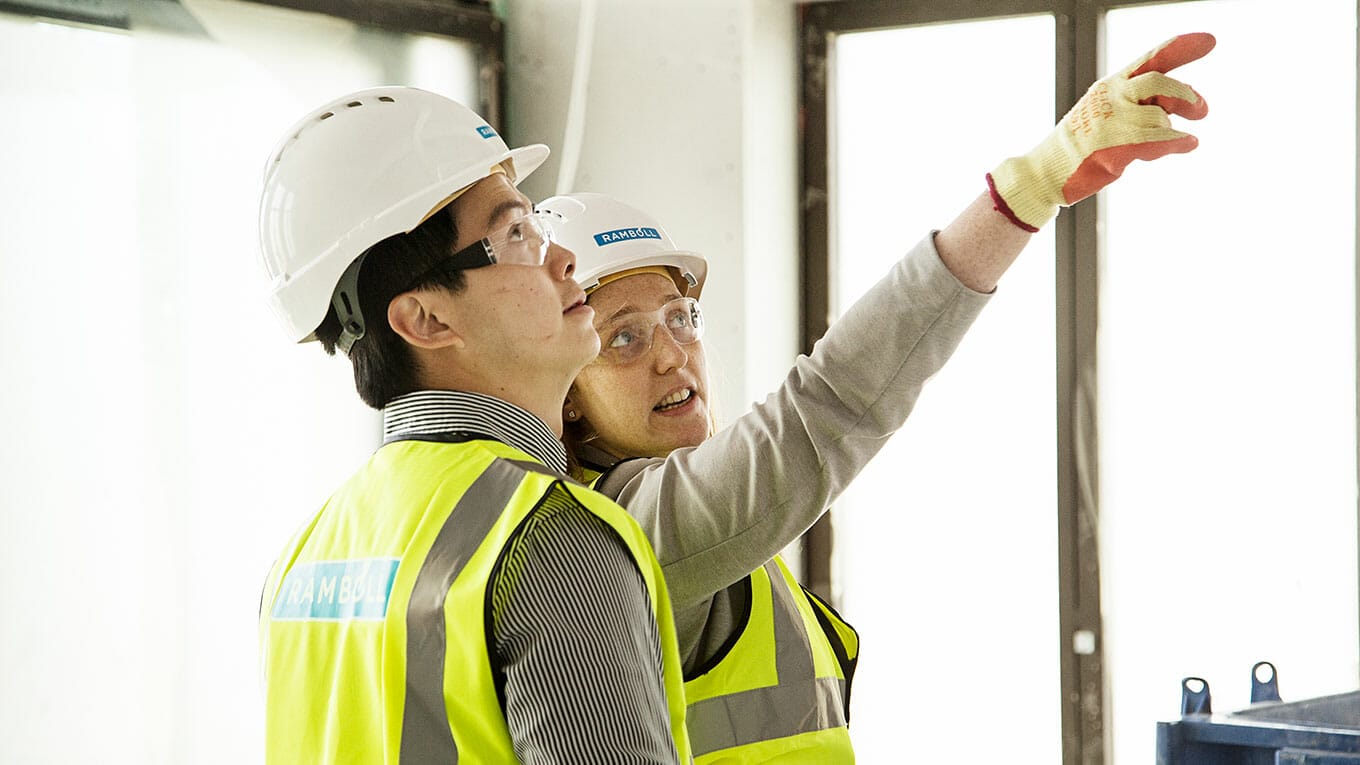Climate change and environmental protection are increasingly becoming an area of concern in our day-to-day lives. The quality of the environment has health and social and economic value for human beings. According to an interview by Forbes, Florida is expected to lose about 10% of its GDP due to climate change, which is a significant loss for a single state. For instance, since Florida is made of limestone, it’s at risk of flooding following global warming. The result is the decline of the real estate market because nobody will want to buy property in that state. Unfortunately, Florida thrives on property purchases and taxes. Florida’s economy risks failing if global warming isn’t mitigated promptly.
Florida isn’t the only state facing the problem. The entire globe is at risk of experiencing the brutality of Mother Nature. That’s why individuals and organizations are developing ways to reduce their carbon footprint and conserve, protect, and restore the environment. One of the ways industries are achieving this is through sustainable development. Sustainable development means using the currently available resources to meet today’s needs without compromising the ability of future generations to meet their own needs using the same resources. One of the strategies of sustainable development is using fabric structures.
This article will examine fabric structures and how they improve your construction environment.

Fabric Structures
A fabric structure is a membrane made of a woven stretchable base cloth held in place by a cabling system so that the membrane forms a three-dimensional surface. Unlike traditional construction, fabric structures are meant for temporary use, with the most extended shelf-life lasting 30 years. Since they cover a large area, they’re best used to construct auditoriums, transport interchanges, military centers, stadia, and fabric buildings for mining operations, among other structures.
When using traditional buildings, a lot of energy is consumed, right from extracting the raw material to their processing and construction process. Even after erecting the building, heating, cooling, and lighting will still consume more energy. More energy consumption means more extraction of fossil fuels, which depletes non-renewable energy and degrades the environment. The process of heating and cooling also contributes to global warming.
Therefore, traditional buildings have proven not to be energy efficient, and thus, they contribute to climate change. This has necessitated the introduction of fabric structures that consume less energy and contribute less to the release of carbon. Here are more ways fabric structures contribute to environmental protection:
- They Allow Natural Lighting
One of the most common characteristics of fabric structures is that they’re translucent. Due to their opacity, daylight diffuses inside, erasing the need for electricity. If you want to make your space dependent on green energy, you can capitalize on solar lighting and heating during the night.
When electricity consumption within buildings reduces, fossil fuel extraction decreases, and the environmental impact also reduces. The environment begins to heal and restore its non-renewable resources.
- Fabric Structures Are Air-Tight
The membrane material seals tightly around the space where it’s erected. The air-tight design reduces unnecessary air leaks through windows, doors, and other ventilation spaces. When the air leakage is managed, there is better control over the heating and cooling inside the building.
Efficiency in energy consumption and loss helps in managing the carbon footprint. For starters, when a building loses heat, you need more electricity to keep up with heating. On the other hand, when the cooling system of the building isn’t efficient, the building releases a lot of heat into the atmosphere, which contributes to global warming, especially when done on a large scale. It, therefore, helps to have an efficient heating and cooling system through an air-tight structure.
- You Can Repurpose It
As aforementioned, fabric structures are meant for temporary use. Therefore, they can be dismantled anytime and repurposed for a different project if they’re still in good shape and within their life span.
This is unlike traditional buildings, which are permanent unless demolished, which means a loss of investment when constructed. Similarly, you can’t repurpose a building meant for residential use and turn it into a stadium. Therefore, traditional buildings are more limiting in their reuse than fabric structures.
The best part about reusing fabric structures is that it takes less time, energy, resources, and money to put up the form than traditional buildings. Less resource use means more conservation of the environment and its resources.
- Fabric Structures Are Sustainable
Generally, the operating cost of using a fabric structure is less than that of concrete buildings. To start, these tent-like structures are stain-resistant and self-cleaning. It would be best if you didn’t worry about cleaning chemicals, labor, or the cost of painting. It’s, therefore, more sustainable to manage your fabric building. Besides, fewer chemicals are used, which means less pollution.
Other than that, when an organization cuts back on its energy consumption through lighting, heating, cooling, and the use of raw construction materials, it has less environmental impact. The company’s carbon footprint is cut by a mile, and they actively champion climate change and environmental conservation.
Takeaway
As we move to a more environmentally aware generation, sustainable buildings like fabric structures will come in handy in attaining climate change and environmental conservation goals. It’s an approach that every business should be looking to adapt if it hasn’t already.














